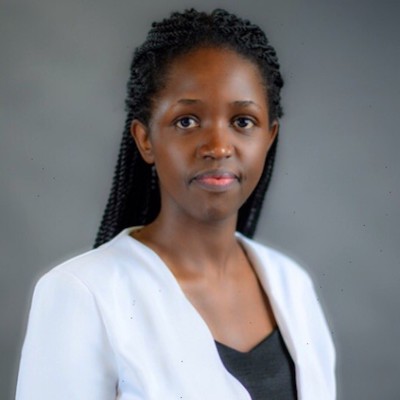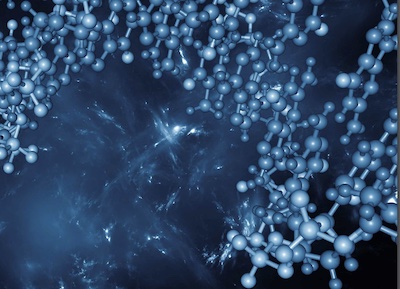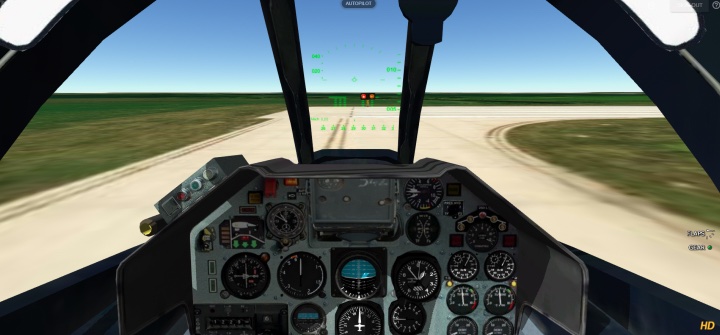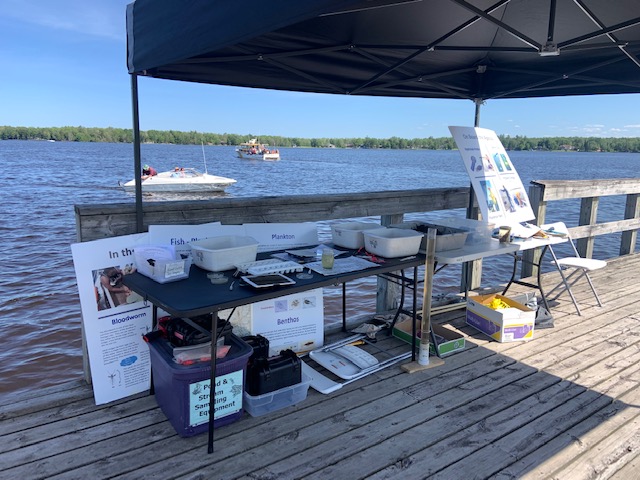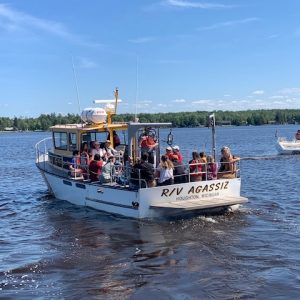Ricardo Eiris (CEGE) and PhD student Josiane Isingizwe (civil engineering) have been awarded the Best Paper Award for the Associated Schools of Construction (ASC) Conference Proceedings for papers published in 2023.
They received the award for a paper titled “Where Do Minority Serving Institutions Stand Today in U.S. Construction Education?”
The paper will be presented at the 59th Annual ASC International Conference in Liverpool, U.K., on April 3–5, 2023. Eiris and Isingizwe’s achievement will be celebrated during the award presentation.

